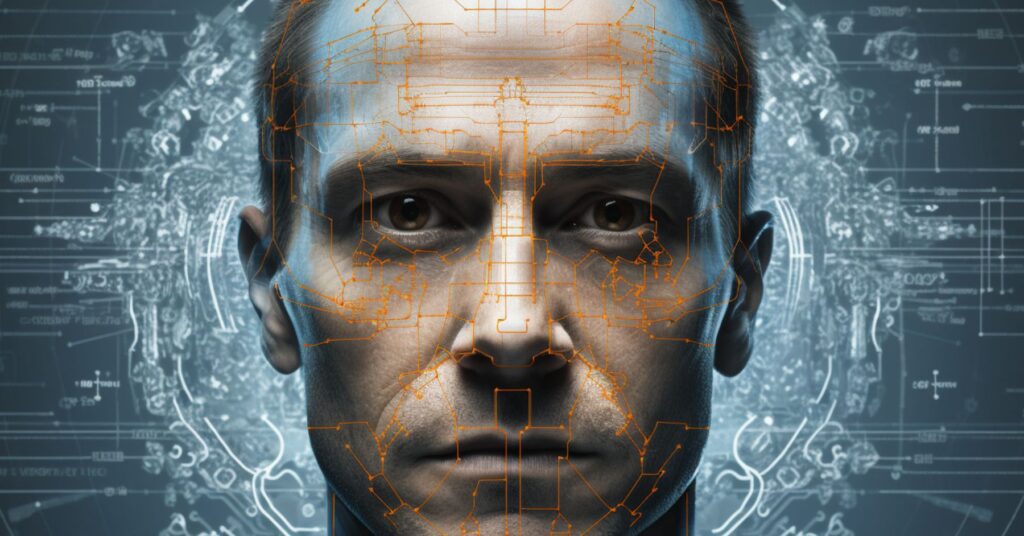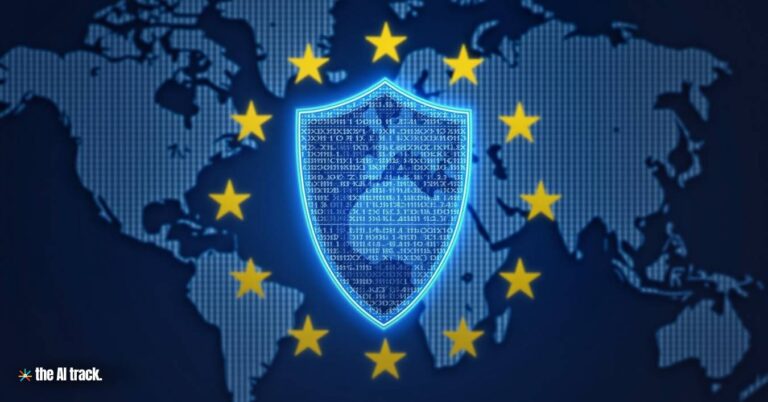Jump to Sections
The Emerging Role of AI in Law Enforcement
AI in law enforcement serves as a transformative power, finding diverse applications ranging from predictive policing to facial recognition.
One major breakthrough is the advent of AI-generated suspect sketches, aiming to revolutionize the traditional forensic sketching process. As reported by the Rand Corporation, over 250 law enforcement agencies have adopted automated sketch software to enhance criminal investigations.
Programs like Anthropic’s Forensic Sketch AI-rtist leverage AI to produce “hyper-realistic” sketches using verbal descriptions. This innovation holds potential to significantly expedite sketch creation while improving accuracy. However, the integration of AI in law enforcement also warrants careful examination of ethical implications.

Streamlining Forensic Sketch Creation
A key benefit of AI-based sketch software is accelerated generation of visual likenesses. The traditional process of developing forensic sketches relies entirely on the artistic skills of trained sketch artists working from witness memories.
This manual approach is extremely time-intensive, often requiring multiple interfacing sessions with witnesses to refine the rendering.
Forensic Sketch AI-rtist and similar programs can create lifelike sketches within minutes using AI-powered generative and reconstruction capabilities.
By automating parts of the process, law enforcement agencies can conserve resources and rapidly disseminate visuals to enhance investigative efficiency.
Mitigating Bias in AI Systems
Despite the advantages, employing AI to generate suspect sketches sparks important discussions around perpetuating bias. According to research from Georgetown Law, algorithmic tools amplify existing human biases rooted in race, gender, and other factors.
[For further insight on this topic, we recommend our article titled “The Double-Edged Sword of Generative AI: Stereotypes and Biases”. In this piece, we delve into how generative AI models, including those like Stable Diffusion, have been discovered to amplify racial and gender stereotypes to alarming extremes.]Training data informs AI systems, and skewed data can skew outputs. To mitigate bias risks in forensic sketch software, agencies must ensure diverse training data and transparency around development.
Techniques like Anthropic’s Constitutional AI aim to produce just outcomes by aligning AI with democratic values. Ongoing audits and oversight are critical for upholding fairness and public trust.
Navigating the Accuracy-Ethics Tradeoff
Enhancing the accuracy of AI-generated sketches is vital for maximizing investigatory outcomes. However, pursuit of accuracy should account for ethical obligations around transparency, accountability, and unbiased outcomes.
Striking the right balance requires research initiatives like the National Institute of Standards and Technology’s work to develop accuracy metrics while safeguarding fairness for facial analysis AI.
Building benchmarks to assess accuracy as well as evaluate systems for biases is imperative as law enforcement adopts AI-powered sketch technology.
The Multifaceted Applications of AI in Law Enforcement
Looking beyond automated sketch generation, AI innovates myriad facets of law enforcement operations. The Chicago Police Department employs AI to identify potential criminal hotspots to strategically allocate resources.
However, some AI policing tools like predictive policing algorithms have faced scrutiny for entrenching racial biases and violating due process. Ensuring ethical development and deployment of AI systems is thus critical across law enforcement domains.
Ongoing oversight, community engagement, and impact assessments can help police departments integrate AI responsibly.
Conclusion
With careful implementation, AI-generated forensic sketches and other technologies can significantly empower law enforcement.
However, maximizing public safety through AI requires concerted efforts to uphold accountability, transparency, and unbiased outcomes.
Proactive engagement with communities and civil rights groups will be instrumental as police agencies navigate the opportunities and ethical dilemmas posed by emerging AI capabilities.
Key Takeaway
- AI is transforming police sketching techniques, offering benefits such as reduced manual sketching time.
- The Forensic Sketch AI-rtist program generates “hyper-realistic” suspect sketches based on user inputs.
- Concerns arise regarding the potential for bias in AI-generated sketches, amplifying existing stereotypes and racial biases.
- Proactive measures, diverse training data sets, and ongoing research are essential to address bias in AI algorithms.
- Responsible and ethical use of AI in law enforcement is crucial to ensure accurate, fair, and unbiased outcomes.



